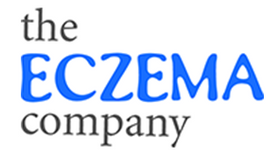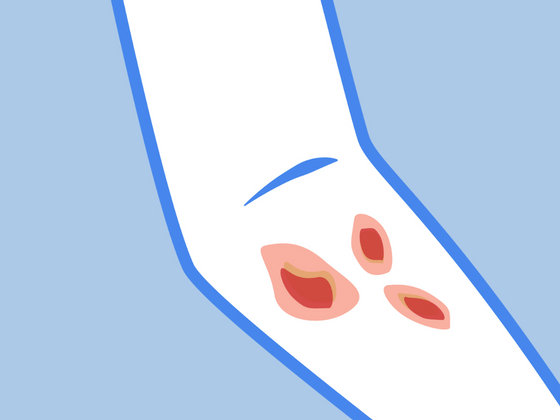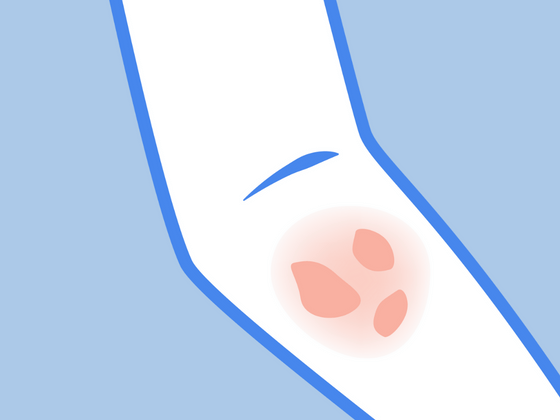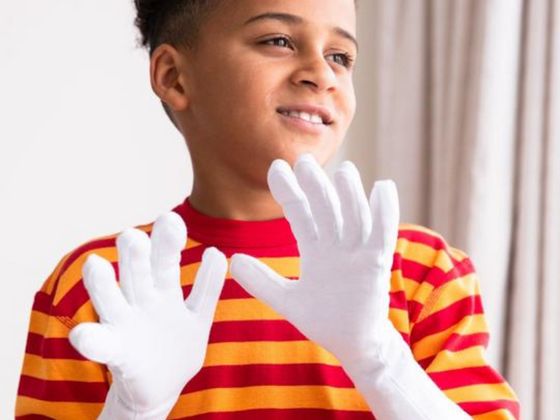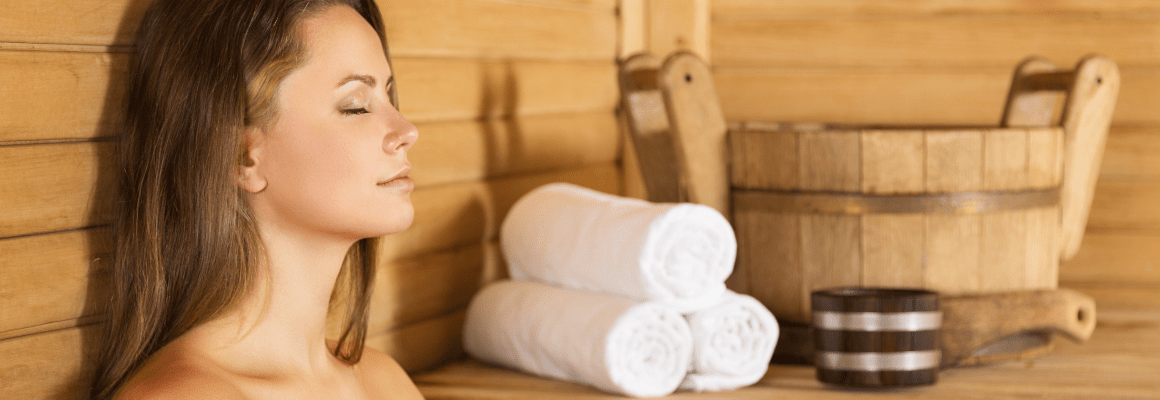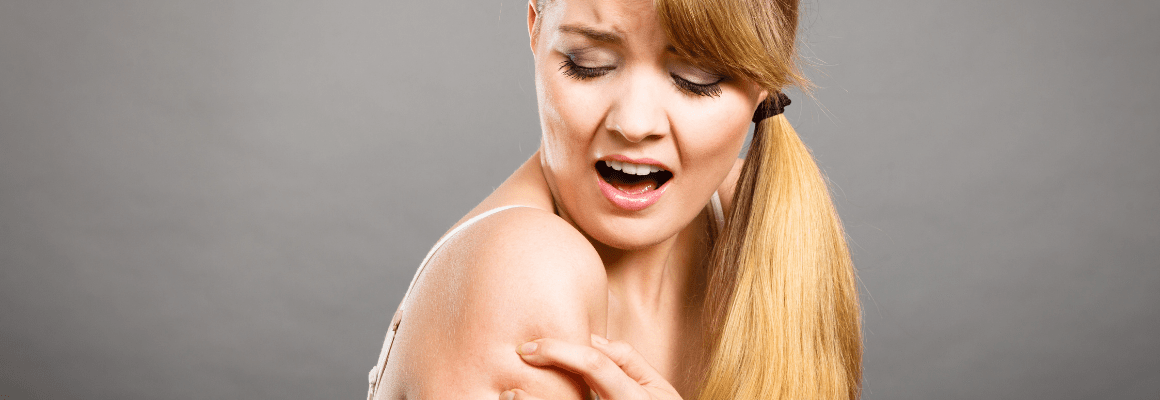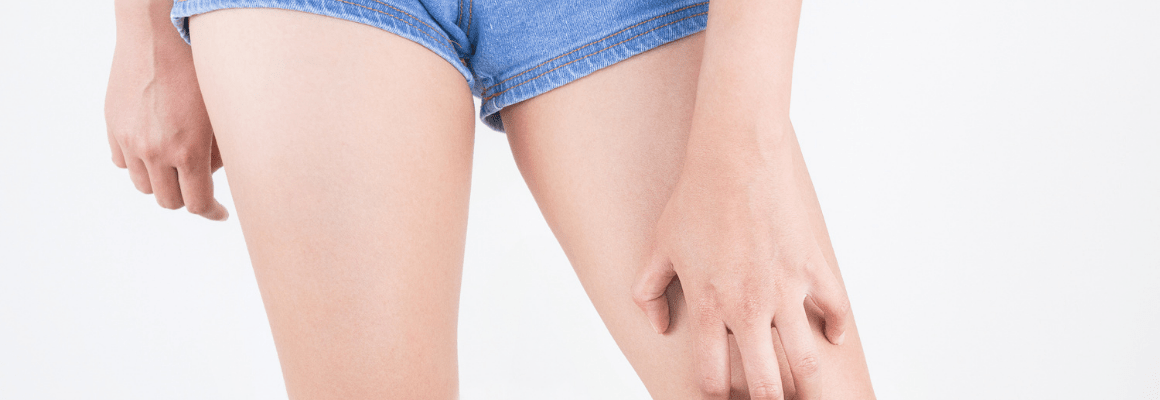Having battled Topical Steroid Withdrawal for 11 months, I have tried a thing or seventeen to promote my healing but rarely anything has seemed to give results. I’m all about natural healing and teaching the body to fight during withdrawal, and I avoid making drastic lifestyle changes because any diet, method, or medication is usually effective only if it’s ongoing. Luckily, I’ve found relief in something that is already a part of my lifestyle and a major thing in my national culture: the Finnish sauna.
In this article we will go through the benefits I have attained through sauna bathing during my withdrawal, and the science behind its positive effect on TSW.
What is a Sauna?
Originally the sauna is an ancient Maya invention, then redeveloped by many peoples, including the Japanese, Turks, and Finns. There are many variations, but as each of them have different working methods, and may have dissenting effects, I would like to specify that I'll be focusing solely on the traditional Finnish sauna.
Saunas are typically small wooden rooms, heated up to around 70-80 degrees celsius, equipped with a stove with hot rocks, on which water is thrown to create moisture in the air. The environment is calm, relaxing, and leisurely, bringing your focus to the present.
In Finland, sauna bathing is a traditional Saturday activity for families, a moment of me-time and relaxation, as well as a cherished summer house habit. In 2013 The Finnish Sauna Society estimated that there are around 3.2 million saunas in Finland, which make up over half of our population. Most of them are electric ones in normal households, but every Finn’s favorite is the wood-burning sauna, which are usually found in old farmhouses and cottages.
Psychosomatic Magic
People rarely go to the sauna for its health benefits, but research shows that frequent sauna bathing has a link to a significantly lowered risk of all-cause mortality (i.a. cardiovascular disease, high blood pressure, memory diseases, and stroke). It also alleviates asthmatic symptoms, lowers blood pressure, speeds up metabolism and blood circulation, and detoxifies the body.
What is particularly interesting from the point of view of skin diseases is the balancing effect sauna bathing has on natural hormone production. Disorders in cortisol production create a vicious cycle, which often leads to medication dependency and worsening of symptoms.
I interviewed a Finnish cardiologist and professor, Dr. Jari Laukkanen, who has studied the health benefits of sauna for years and is also an awarded member of the Finnish Sauna Society. He explained the link between sauna and improved cortisol production with the heat causing ”positive stress” for the body, which activates the reflexive ”fight or flight” response and puts the adrenal glands to work. It raises your heartbeat to over 100 BPM and therefore sauna bathing corresponds to medium-intensity exercise without the risk of breaking the skin. The warmth and moisture soothe and gently exfoliate the skin while disinfecting the sores, which is a dream for people suffering from skin issues of any kind.
Also, the intensified secretion helps to detox the synthetic steroids stored in the adipose tissue — another great benefit for us TSW fighters.
"I don’t want to sweat because it hurts."
Contrary to many people’s fears, going to a sauna doesn’t hurt, even if the skin is scabby and broken. Even if the experience is intense, it should always be comfortable and relaxing. Broken skin will react in the shower, though, and it might be a bit painful for the first few times, yet the more regularly you repeat the treatment, the faster your skin will strengthen and the easier it gets. Scratching in the sauna is less damaging for the skin, but to avoid deep cuts it’s better to rub the dead skin off with a soft towel rather than with your fingernails.
You should attempt to stay in for around 20-30 minutes, which may seem long, but every minute counts for a better result. The goal is to elevate your heart rate and create a systemic effect, which is supposed to be a challenge for the body — the same way as exercise — because you are trying to activate your cortisol production.
Take shower breaks if you must, and remember to drink a lot of water! Sauna bathing is also a good time for you to distance yourself from screens and devices, and practice mindfulness. You won’t be needing any activities — in fact, the best pastime is to practice meditation or conversing with other people.
The Aftercare
Sauna bathing opens your pores and helps the skin breathe as freely as possible. There’s no need to clean the potential after sweats, and it’s better not to use any products at all. However, if you feel like your skin is losing elasticity and dries up a lot, you can lock down the moisture on the skin with thick, non-scented cream. It should stay on for at least 12 hours, but even without any lotion, your skin should feel much more elastic the next day.
It is also advisable to be mindful about the things you eat and drink afterwards: as your body has already released toxins, it is a good opportunity to put in something that will nurture your body. Store your energy levels with fresh self-made juice or quality food.
Also, for those who have problems relaxing before bed, sauna bathing late in the evening can help with sleep. The warmth cures tension in the body, soothes sore muscles, and can make you feel a bit tired afterwards. Jumping into fresh sheets when your body is still warm is a solid recipe for a good night’s sleep. Go to bed before ten, and combine the effect with the natural nighttime liver cleanse for the best results!
I am hopeful this will bring relief to people with skin issues of any sorts! I’m glad to help any- and everyone struggling with the physical or emotional sides of skin illnesses, and to share my knowledge with the community of fighters!
References:
https://www.sauna.fi/saunatietoa/sauna-ja-terveys/saunan-terveysvaikutukset/
https://saunologia.fi/saunamyytinmurtajat-montako-saunaa-suomessa-oikeasti-on/#gref
https://pubmed.ncbi.nlm.nih.gov/25705824/
BIO: Heidi is a Finnish TSW content creator with a background in journalism and arts. Though she is by no means a medical professional, she’s always had an interest in both the physical and behavioral side of the human. Find her on Instagram with @heidiakselin, #LookMamaNoMeds & #SomeAnthropology.
